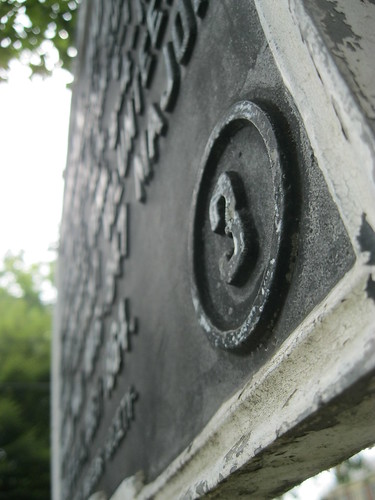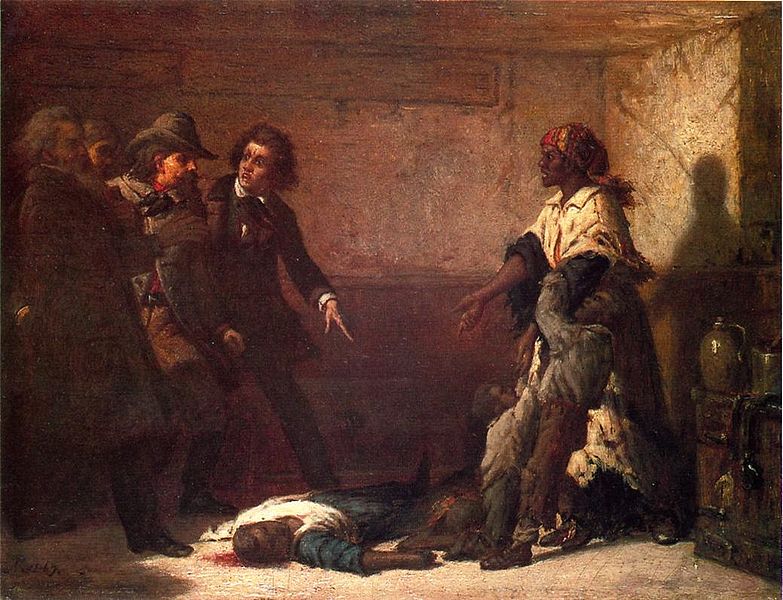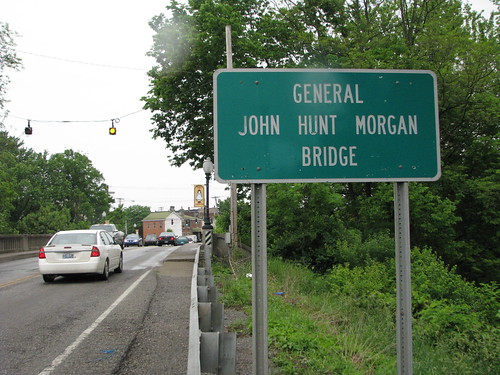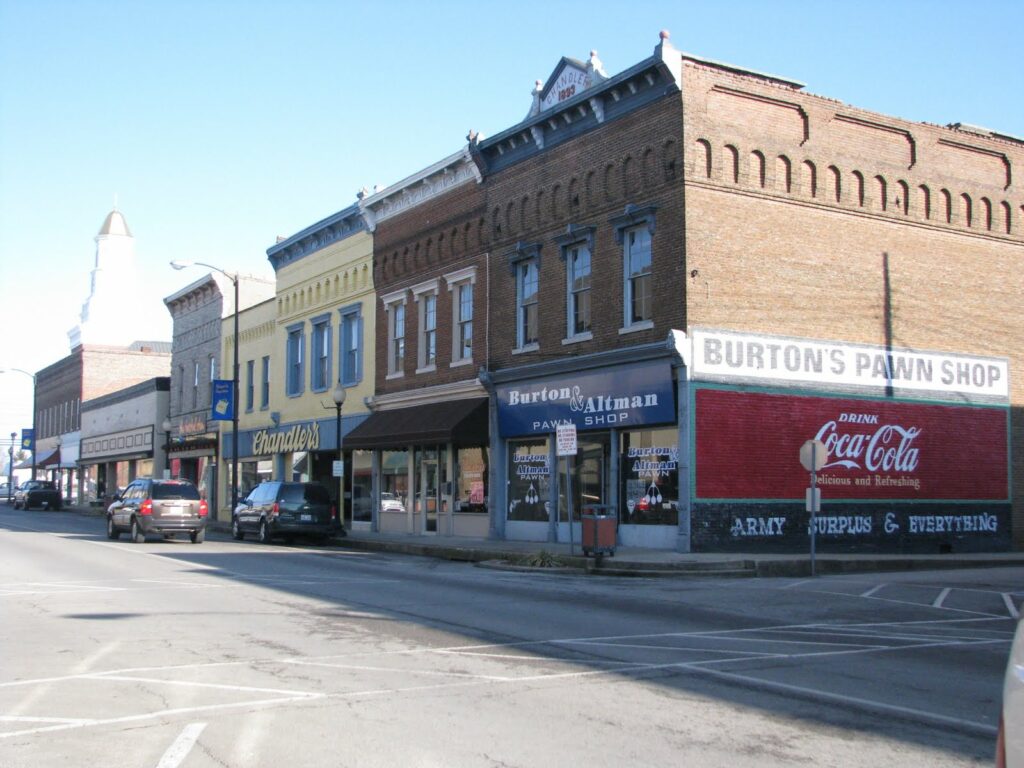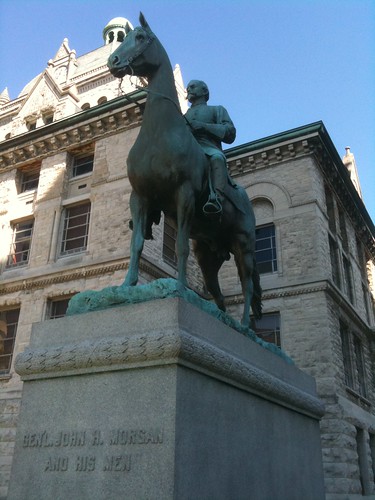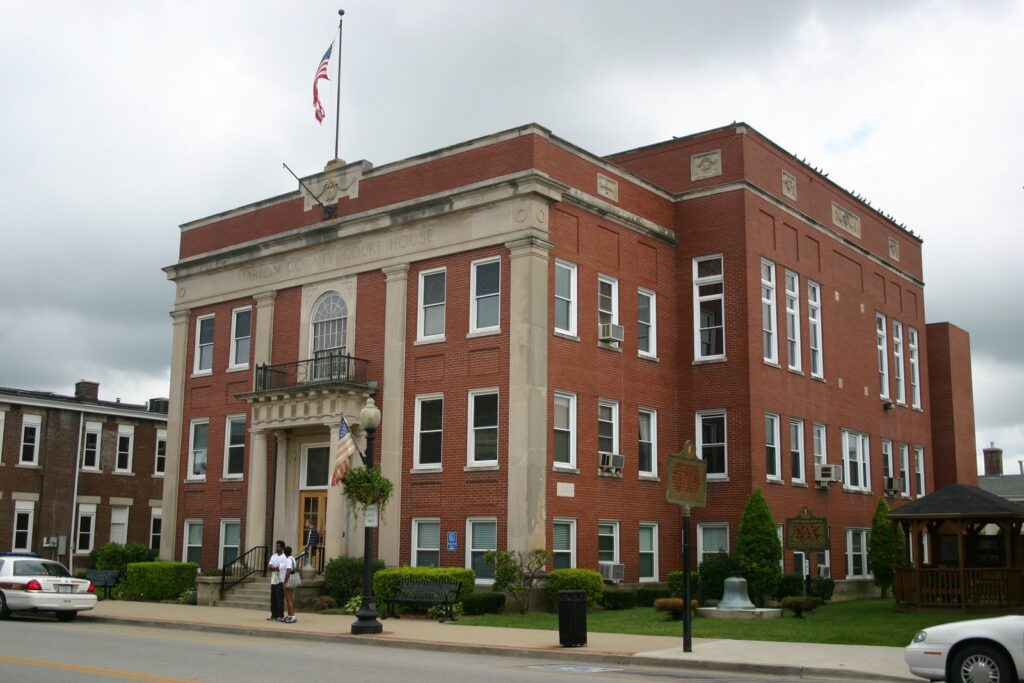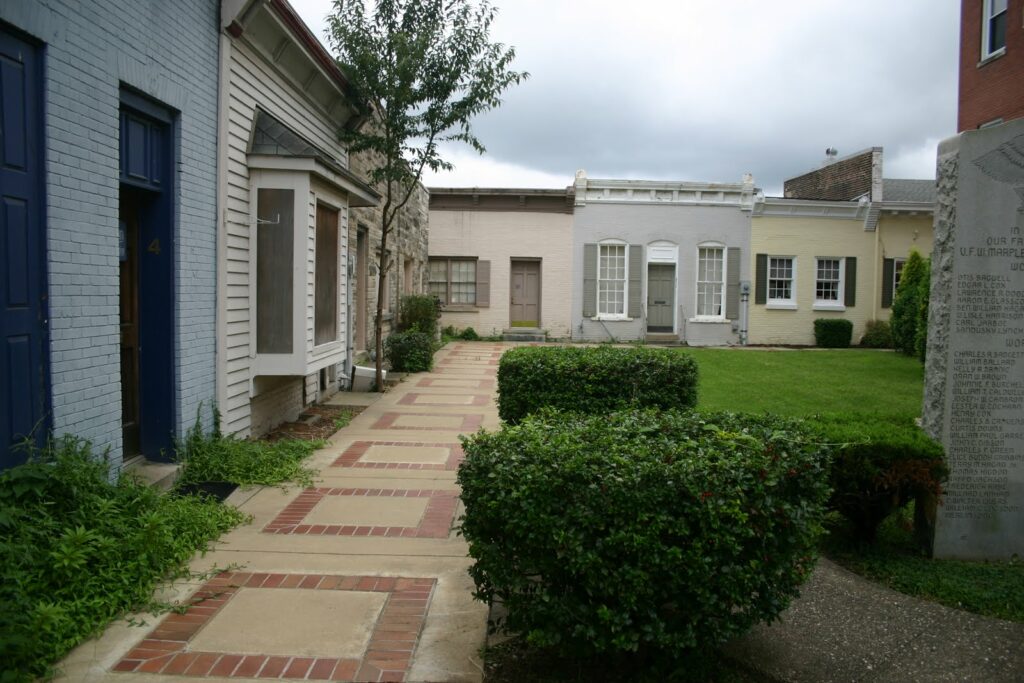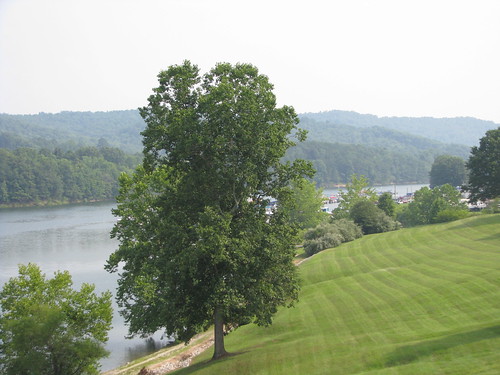 |
| Grayson Lake – Carter County, Ky. |
Named for the Carter County seat, Grayson Lake was formed by the Army Corps of Engineers in 1964 from their formation of an earth and rock dam on the Little Sandy River. Now, almost 75 miles of shoreline in Carter and Elliott counties surround this beautiful lake of approximately 1,500 acres.
Filled with bluegill, bass, catfish, crappie, and trout, the lake is very popular with local anglers. But history has its tale at Grayson Lake as well. Whenever I visit an Army Corps manmade lake, I’m reminded of the scenes from O Brother, Where Art Thou?
when the valley is flooded saving George Clooney et al. from the gallows (Youtube) as well as the following scene where he opines on the New South being hooked up to the grid (Youtube). Surely, much in the flooded valley of Grayson Lake was lost when the waters rose in the mid 1960s.
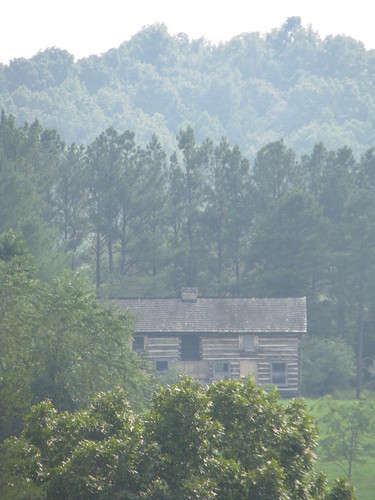 One structure, however, was moved from its foundation on the north bank of the Little Sandy River and now rests 700 feet northeasterly in a recreational area adjacent to the lake. The historic Van Kitchen Home (pictured at left) was built around 1835 by Elijah Horton. This log cabin was built in the “saddlebag” design, meaning two cabins close enough to one another that they share a common chimney. Although once prevalent through eastern Kentucky and West Virginia, the design has become quite rare.
One structure, however, was moved from its foundation on the north bank of the Little Sandy River and now rests 700 feet northeasterly in a recreational area adjacent to the lake. The historic Van Kitchen Home (pictured at left) was built around 1835 by Elijah Horton. This log cabin was built in the “saddlebag” design, meaning two cabins close enough to one another that they share a common chimney. Although once prevalent through eastern Kentucky and West Virginia, the design has become quite rare.
After reaching Grayson during his “masterful retreat” from the Cumberland Gap, Gen. George Morgan (USA) continued toward Camp Dennison, Ohio with the Thunderbolt of the Confederacy – John Hunt Morgan – nipping at his heels. Gen. George Morgan supped at the Horton house and his men camped nearby, but their stay was disrupted by Gen. JHM’s men and a skirmish ensued. Bullet holes are still visible in the walls of the ol’ saddlebag’s second floor. The Van Kitchen House, named after the last family owning the house prior to the government’s acquisition in 1965, was listed on the National Register in 1974.








